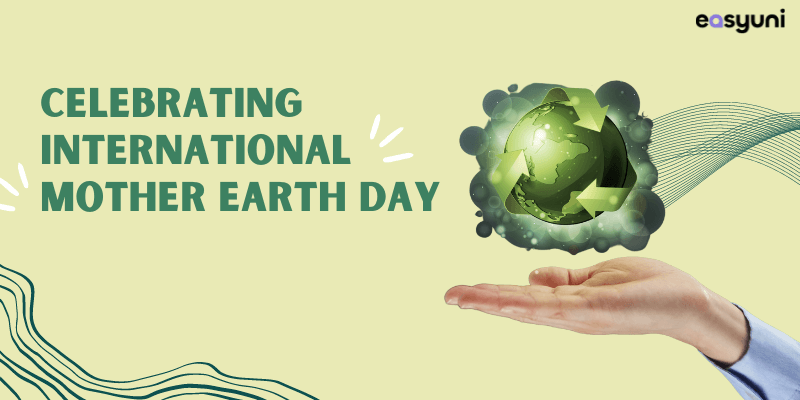Raising Awareness of Microplastic Pollution on International Mother Earth Day
May 02, 2024
Anis
This article was written by Sunway University School of American Education’s Associate Professor Ir Ts Dr Dewika Naidu.

Plastic products have become an integral part of modern life due to their versatility in various fields such as agriculture, construction, and manufacturing. However, the widespread use of plastic has led to the generation of microplastics, which pose a significant challenge to the environment and human health.
Microplastics, tiny plastic particles less than 5 mm in size, come in two main types: primary microplastics and secondary microplastics. Primary microplastics are produced in small sizes for industrial purposes, including synthetic fabrics, personal care products, and plastic pellet production.
Meanwhile, secondary microplastics are made when larger plastic items break down, such as packages, bottles, and tires, releasing microplastics into the environment.This creates a wide variety of sources from which microplastics are released into the environment. Microplastics have become more common in the environment over the past few years, and it is expected to continue as reflected in the rise of global plastic production.
Microplastics pose significant health risks to humans as they get in through ingestion and inhalation routes. Ingested microplastics can accumulate in various organs and tissues, with studies detecting their presence in biological samples like faeces, blood, and saliva, indicating their presence in the human digestive system.
Beverages and drinking water are significant pathways for microplastics ingestion, with humans estimated to consume thousands of particles annually. Inhalation is another route of exposure to microplastics, with indoor and outdoor environments both contributing to atmospheric microplastic concentrations.
Studies have detected microplastics in human lungs. Microplastics' size, shape, and flow rate influence their deposition pattern in the respiratory tract, with potential health risks including respiratory diseases and carcinogenesis.
Microplastics in the atmosphere disrupt the environment by building up in water, soil, and sediments. They change the quality of the water, the way ecosystems work, and they put animals and people's health at risk. These effects are made worse by microplastics' ability to absorb dangerous pollutants. This changes biodiversity, habitat loss, trophic transfer, and ecological balance.
We need better ways to detect and monitor them in our environment, using technologies and methods to track their spread. Removing microplastics from our air and water is essential. Nature-based solutions, such as using natural materials to filter them out, could be part of the answer.
Policies that encourage recycling and reduce plastic use are also crucial. Raising awareness is key to managing microplastics effectively. By educating the public about the problem and inspiring action, we can work together to protect our planet and ourselves from the harmful effects of atmospheric microplastics.
Getting rid of microplastics in the atmosphere needs everyone to work together, including governments, businesses, universities, and the public.
We can lessen the damage that microplastics pollution in the air does to people and the environment by putting in place complete plans that include finding them, reducing their number, managing waste, changing the law, and getting people involved. We can take care of and protect our MOTHER EARTH for future generations if we all work together.
Also read: Crafting a Greener Tomorrow: Empowering Change through Zero Waste and Upcycling Practices
Written by: Sunway University School of American Education’s Associate Professor Ir Ts Dr Dewika Naidu

Kickstart your education in Malaysia
We'll help you find and apply for your dream university
You might be interested in...
- Promoting Inclusivity at Malaysian Universities: Tips for Malaysian and International Students
- Taking IELTS test in Malaysia: Tips, Tricks, and Key Info
- How Asia Pacific University (APU) in Malaysia Prepares Students for the Future of Marketing Using AI
- Sunway University Tops Times Higher (THE) Rankings in Malaysia
- Discovering Academic Opportunities and Pathways at APU after SPM and IGCSE
- Asia Pacific University's (APU) Innovative Initiatives Prepare Students for Industry 4.0
- Sunway College emerges as Malaysia's best performing Cambridge GCE A-Level College in 2024
- Sunway University Wins Outstanding Support for Students Award
- Sunway University Partners with Universiti Kebangsaan Malaysia to Offer Medical Doctor Programme
- Sunway University Leads the Way as Host of THE Asia Universities Summit








